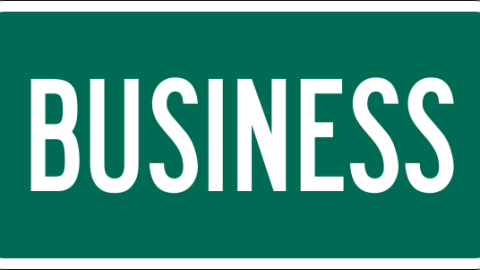Building Green Business: A ‘How To’

What’s the Latest Development?
When the iPhone first hit the market four years ago, Marco Murillo saw an opportunity to create a renewable product that would stand out in the sea of, synthetically made, plastic phone covers and accessories. “Rounding up a team of six people, he laid down a value-driven business plan revolving around three key components: Use wholesome materials found in nature, produce locally, and minimize waste. ‘Each product has to solve a problem,’ Murillo says. ‘We wanted to be really clear about what would be different from this company.'”
What’s the Big Idea?
Murillo’s business has been successful in part because he successfully identified who is his customer base. “We knew it was someone who was design-minded and eco-conscious,” he says. “They wanted to know where our products were made and who they were made by.” By identifying his customer base, Murillo figured out how to meet their needs in ways other companies weren’t. “We sort of created a market for ourselves,” he says. “We weren’t competing for the same consumer as others.”





